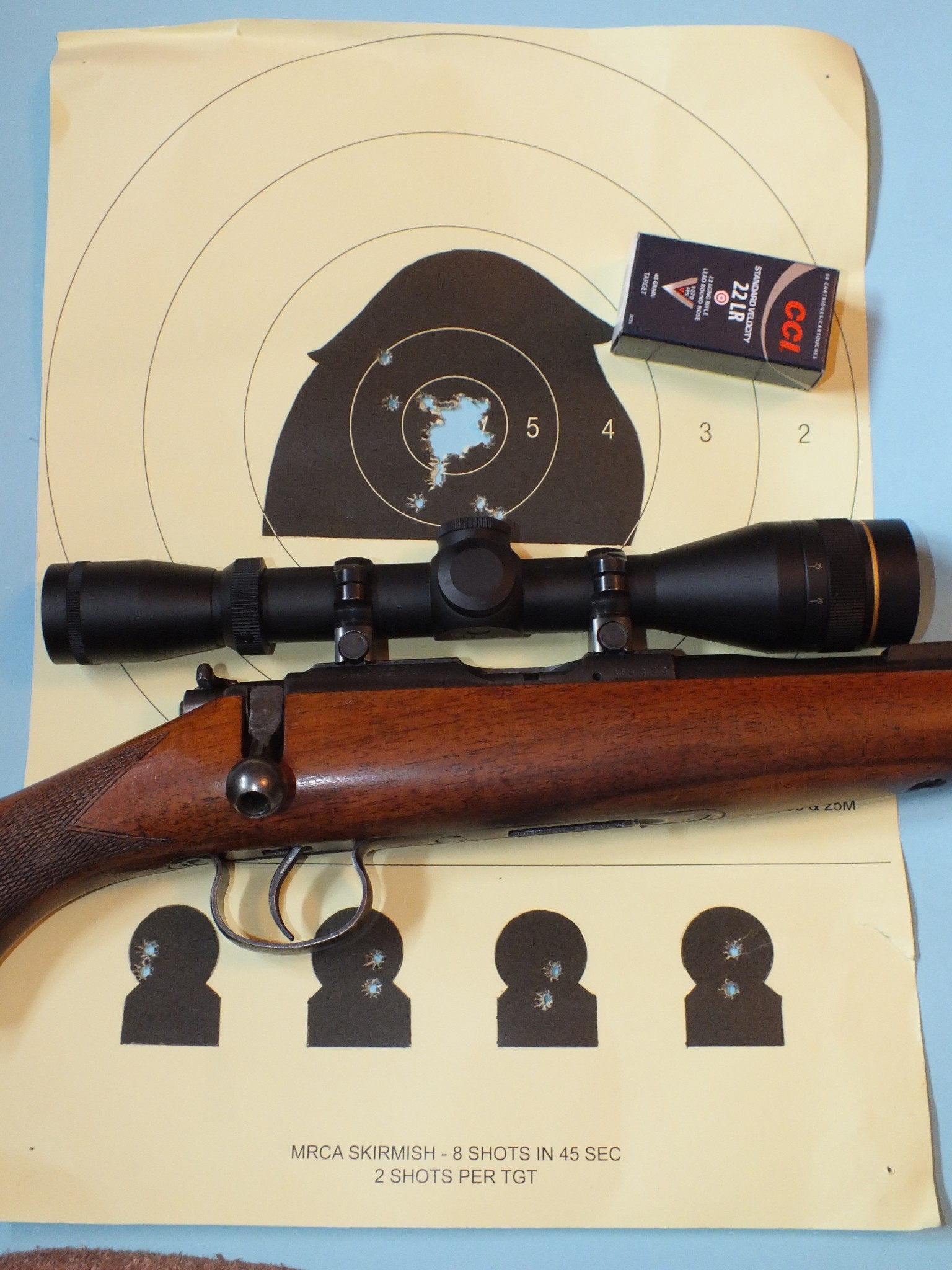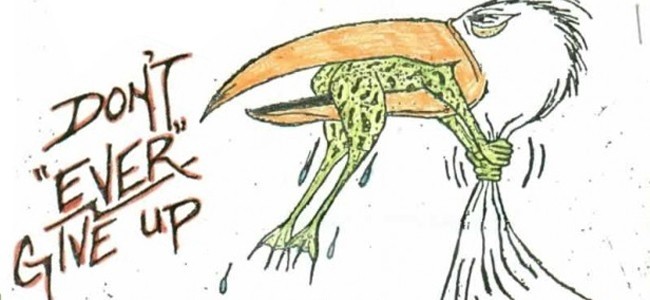
Mistakes teach but prefect practice teaches lessons differently.
By Marcus O’Dean
For some reason I was a bit shaky when I got down to shoot our 3-P rimfire match last Saturday. I was visibly wobbly in my normally rock-solid prone position at 50 metres and I could see my shots going into a small spray, rather than the usual cluster. I have to admit, i felt rattled. Luckily it was a spot on zero that allowed me to stay inside the five-ring for that serial and the remainder of the match in sitting, standing and prone positions at 35 and 25 metres.
Now when we advanced to 35 metres, something just clicked. Whether I had tricked myself with some internal verbal positive affirmation from my subconscious saying “buck up and shoots Vs” or somwething else, but I just seemed to confidently plug them in the middle, chopping out the V-bull and “making the hole darker”. By the time I had finished the 3-P part of the shoot, the diffused morning light from the east shone through the big hole, elevating my confidence and ego considerably.
Now my two new-found mates, Peter Birchall (of dirty rifle fame in my May issue column out soon) and Paul Wilkes (who recently shot a 250-plus fallow buck), both of whom have a pedigree of fullbore marksmanship and decades of hard-core hunting behind them, have been right up in the rimfire match scores lately and we swap poll position depending upon whose eye is in. They both shoot nice old Brnos and they know what they’re doing. So after my 3-P and skirmish, while I checked my target, I yelled out to them, “150 with 25 Vs”, as a challenge.
The beauty of shooting is that like any other sport or skill we pursue, if we are enthusiastic and always competing with others and self, there are lessons that analysis reveals to the competitor. And this is the point of this article. There were three lessons that emerged from that shoot:
Lesson 1.
We are always taught in all fields of endeavour that mistakes are fine, as long as we learn from them. That’s good – it emphasises a positive approach and constant improvement. But when you are shooting as well as you are able, and it appears that you can’t miss, then small technical lessons emerge much more so than when you are not holding a group. It was the case by the time I got to shooting the four little silhouettes along the bottom from prone at 25 metres with a time limit of 60 seconds for eight shots. Because I was on my game here, those little doubles printed close together, meaning I was consistent in all the fundamentals of hold and release. But the doublets were not consistently centred and that meant that my NPA was not consistent, understandable because you have to make very hasty changes in body position to naturally align yourself for each silhouette and you cannot confirm that it is absolutely correct. Luckily, in this instance, the target dimensions were generous enough to allow them all in with a small margin.
Lesson 2.
Parralax is very important at short ranges. The beauty of the little Leupold 3-9×33 EFR scope on my Brno is that it has adjustable parralax down to 10 metres, and I consistently use it, adjusting my parralax from 50 to 35 to 25 metres all the way through this shoot. When I visited Nioa’s Leupold Custom Shop and Repair facility in Brisbane recently, I explored the issue of parralax with the head technician there and he reinforced the message that correct parralax at shorter ranges is even more critical than out past 100 metres.
Peter Birchall and I had a chat after the shoot and he was really interested in my scope. His Brno was wearing an older fixed 6-power Leupold and the contortions he had to adopt for each change of position, particularly sitting, meant that his sight picture was vignetted severely, necessitating him to “find centre” continually in a scope fixed at 100 or 150 yards and forcing errors due to wasted time. With correct parralax, you can cope and not be perfectly centred behind the sights. Peter has decided to invest in a Nikko Stirling Panamax 3-9×40 with parralax correction to place on his Brno.

Lesson 3.
When competing, never, ever, ever give up. The negative thoughts that flashed through my mind at the beginning of this shoot and the inexplicable inability to settle still at the start made me momentarily fearful. I have practised positive affirmations and positive mental imagery in shooting for years to the point where that positivity automatically squeezes out any fear of failure or negative thoughts, so much so that it is less of a conscious approach than it used to be – it just seems to happen. Something just clicks and the whole complexion of a rough start changes. A good introduction to this approach is Olympic shooter Lanny Basham’s Mental Management System.Check it out here
If you have a rimfire and live in Sydney, come along to Malabar one Saturday and give the MRCA 3-position match a crack. Check out our website and contact us via the MRCA website
 

0 Comments